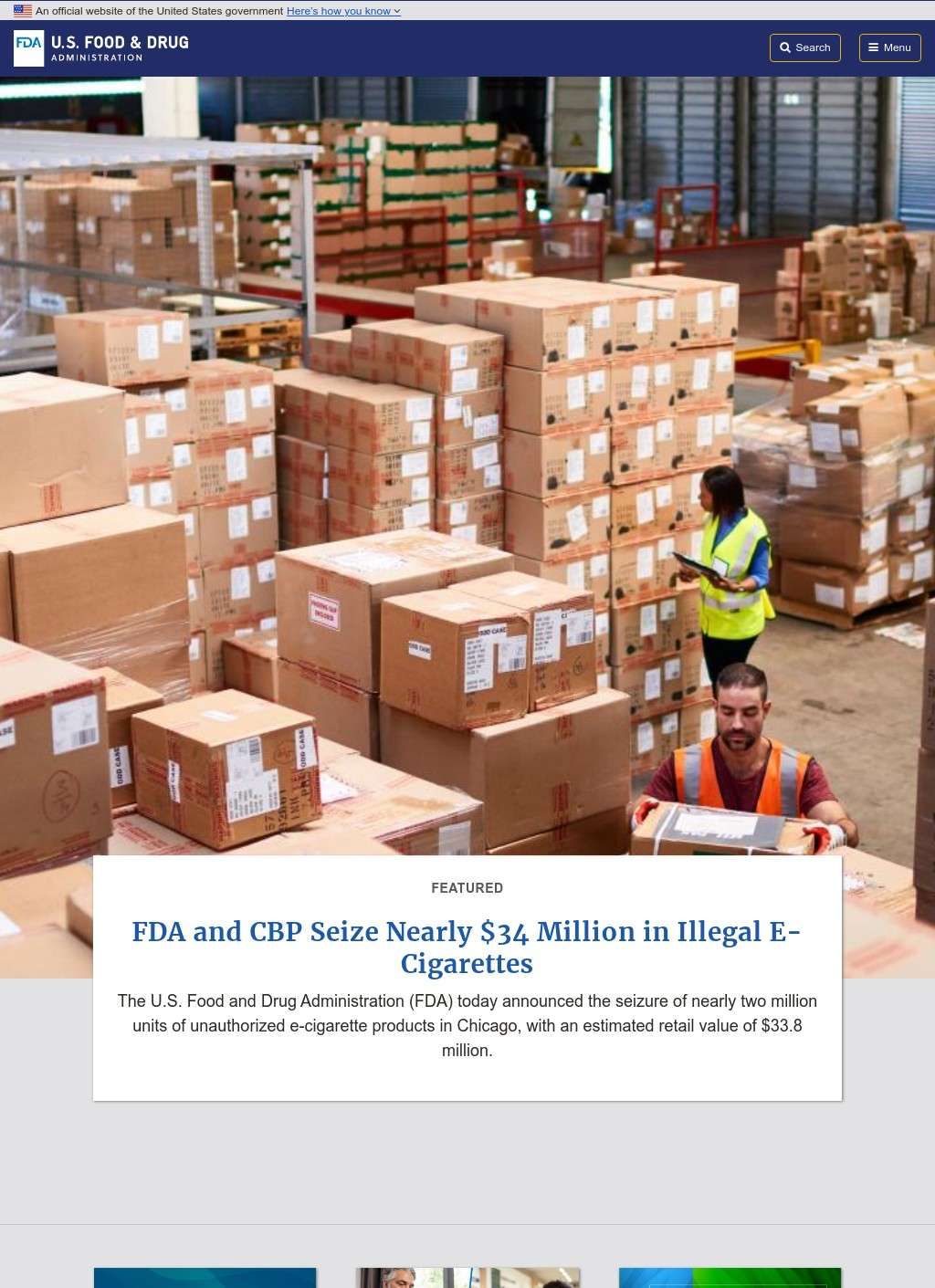The U.S. Food and Drug Administration serves as the primary regulatory authority for botulinum toxin products in the United States, maintaining comprehensive oversight from initial clinical trials through post-market surveillance. Since granting the first approval for Botox in 1989 for treating eye muscle disorders, the FDA has methodically expanded approved indications based on rigorous clinical evidence. This federal agency's role extends beyond simple approval processes, encompassing ongoing safety monitoring, manufacturing standards enforcement, and public communication about both benefits and risks associated with botulinum toxin treatments.
The FDA's approach to Botox regulation reflects the product's unique position straddling both medical therapeutics and aesthetic medicine. For medical applications, the agency has approved Botox for treating over twelve different conditions, including chronic migraines, overactive bladder, cervical dystonia, and upper limb spasticity. Each approved indication underwent extensive clinical trial evaluation demonstrating both safety and efficacy for specific patient populations. The aesthetic applications, marketed as Botox Cosmetic, received separate approvals for treating glabellar lines, crow's feet, and forehead lines based on distinct clinical studies focused on cosmetic outcomes.
Through its MedWatch program, the FDA maintains active post-market surveillance of all botulinum toxin products. This system collects reports of adverse events from healthcare providers, patients, and manufacturers, allowing the agency to identify emerging safety concerns. The FDA has issued several important safety communications regarding botulinum toxins, including boxed warnings about the potential for toxin spread beyond injection sites. These warnings emphasize that while serious complications remain rare when products are used appropriately, the risk of systemic effects requires careful patient selection and proper injection technique.
The agency's regulatory framework addresses the critical issue of product standardization and potency measurement. Unlike many pharmaceuticals, botulinum toxin products cannot be directly compared unit-for-unit across different brands. The FDA requires each manufacturer to establish specific potency assays and maintain consistent production standards. This complexity led the agency to assign distinct established names to different botulinum toxin products—onabotulinumtoxinA for Botox, abobotulinumtoxinA for Dysport, and others—preventing dangerous substitution errors.
Manufacturing oversight represents another crucial FDA responsibility in botulinum toxin regulation. Given the product's biological nature and extreme potency, the agency maintains strict current Good Manufacturing Practice requirements for production facilities. Regular inspections ensure manufacturers maintain appropriate quality control systems, from raw material sourcing through final product testing. The FDA also monitors the complex cold chain requirements necessary to maintain product stability from manufacture through administration.
The FDA's educational initiatives help healthcare providers and patients make informed decisions about botulinum toxin treatments. The agency publishes detailed prescribing information, patient medication guides, and healthcare provider communications explaining proper use, contraindications, and potential complications. Special attention focuses on vulnerable populations, including pregnant women, children, and patients with neuromuscular disorders who may face increased risks. The FDA also combats misinformation about unapproved uses and counterfeit products that pose significant safety threats.
International collaboration enhances the FDA's regulatory effectiveness for botulinum toxins. The agency works with counterpart organizations worldwide to harmonize safety standards and share adverse event data. This cooperation proves especially important given the global nature of aesthetic medicine and medical tourism. The FDA's leadership in establishing rigorous regulatory standards has influenced international approaches to botulinum toxin oversight, promoting patient safety across borders.
Looking ahead, the FDA continues adapting its regulatory approach as new botulinum toxin products enter development and novel applications emerge. Recent approvals of newer formulations like Daxxify, with its peptide-enhanced technology offering longer duration, demonstrate the agency's willingness to evaluate innovative approaches while maintaining safety standards. The FDA's ongoing commitment to balancing access to beneficial treatments with appropriate safety measures ensures that botulinum toxin products remain available for legitimate medical and aesthetic uses while minimizing risks to public health.
